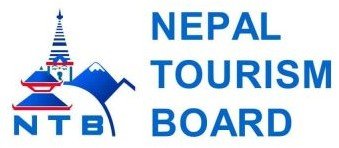How Difficult is Annapurna Circuit Trek?
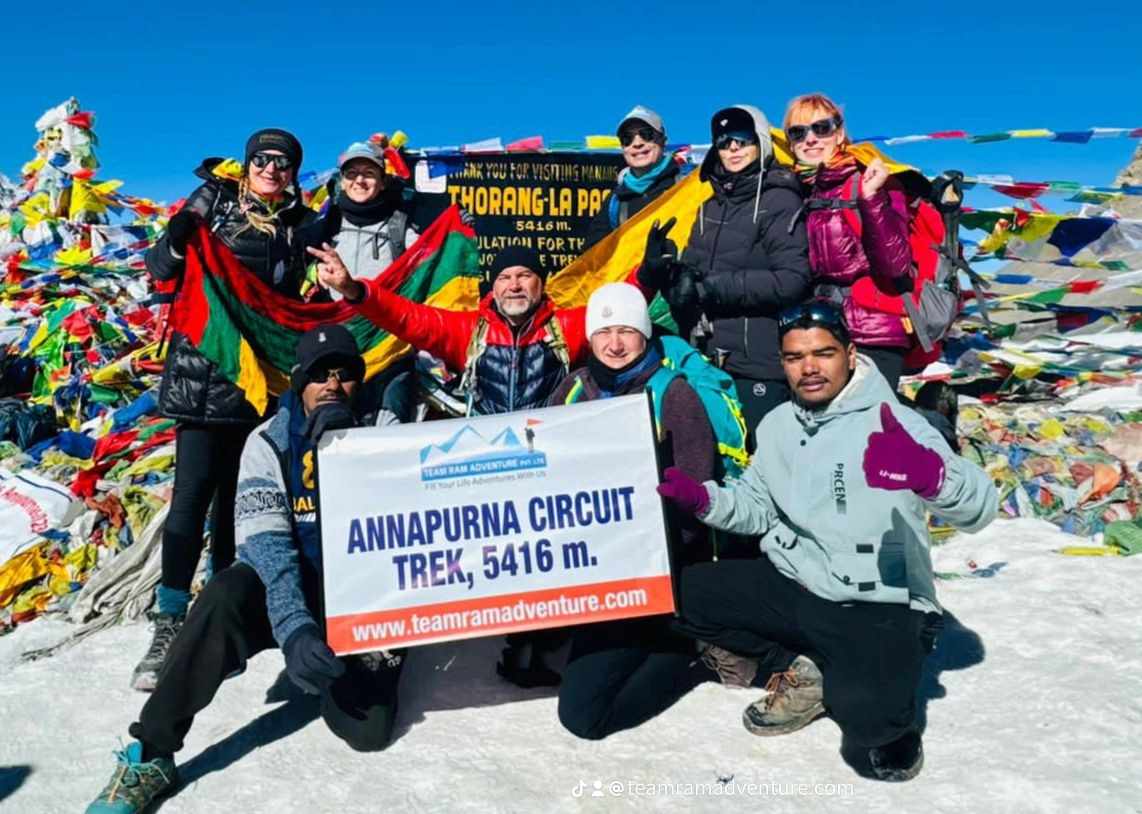
2nd Jun, 2024
- teamramadventure
A Comprehensive Guide Introduction The Annapurna Circuit Trek is one of the world's most iconic and revered treks, drawing adventurers from around the globe. Renowned for its breathtaking landscapes, diverse cultural experiences, and challenging routes, it is both a test of endurance and a journey of discovery. This comprehensive guide will delve into the difficulty of the Annapurna Circuit Trek, providing detailed insights into preparation, the trek itself, and what to expect. Whether you're a seasoned trekker or considering your first major trek, this guide will equip you with the knowledge to tackle this extraordinary adventure.
Table of Contents
Understanding the Difficulty Level:
The Annapurna Circuit Trek is considered moderately to highly difficult. Several factors contribute to its challenge:
Length and Duration:
The trek covers approximately 160-230 km (100-145 miles) depending on the specific route taken. Most trekkers complete the circuit in 15-20 days, with daily hikes lasting between 5 to 8 hours. This demands significant physical stamina and endurance.
Altitude:
One of the most critical aspects of the trek is altitude. The highest point is Thorong La Pass at 5,416 meters (17,769 feet). High-altitude trekking poses risks such as altitude sickness, making acclimatization essential.
Terrain:
The route traverses varied terrain, including steep ascents and descents, rocky paths, and uneven trails. Trekkers navigate through lush subtropical forests, terraced fields, alpine meadows, and arid high-altitude deserts.
Weather Conditions:
Weather can be unpredictable, especially at higher altitudes. Trekkers must be prepared for sudden changes, including cold temperatures, rain, and snow.
Preparation:
The Key to Success Proper preparation is crucial for conquering the Annapurna Circuit Trek. Here are detailed steps to ensure you're ready:
Physical Training:
Cardiovascular Fitness: Engage in activities like running, cycling, and swimming to build cardiovascular endurance. Aim for at least 30-45 minutes of cardio exercise, 4-5 times a week.
Strength Training:
Focus on leg muscles, core strength, and overall body conditioning. Exercises like squats, lunges, and planks are beneficial.
Stamina:
Practice long hikes with a loaded backpack to simulate trekking conditions. Gradually increase the weight and distance over time.
Acclimatization:
Pre-Trek Acclimatization: Spend a few days in Kathmandu (1,400 meters/4,593 feet) to begin acclimatizing. Gradually ascend to higher altitudes during the trek, with acclimatization days in places like Manang (3,519 meters/11,545 feet).
Hydration and Nutrition:
Stay well-hydrated and maintain a balanced diet rich in carbohydrates and proteins to support your energy levels and recovery.
Gear and Equipment:
Clothing: Invest in quality layered clothing to adapt to varying temperatures. Essentials include moisture-wicking base layers, insulating mid-layers, and waterproof outer layers.
Footwear:
Sturdy, waterproof trekking boots with good ankle support are crucial. Break them in before the trek to avoid blisters.
Backpack:
A well-fitting backpack with a capacity of 40-50 liters is ideal for carrying essentials. Include a rain cover for protection.
Other Essentials:
Trekking poles, a good sleeping bag rated for cold temperatures, a headlamp, a first aid kit, water purification tablets, and sun protection are necessary items.
Mental Preparation:
The trek is a mental challenge as much as a physical one. Prepare yourself for long days, potential discomfort, and the resilience needed to push through tough conditions.
Flexibility:
Be prepared to adapt to changing conditions and maintain a positive attitude, which is crucial for overcoming challenges on the trail. Accommodations and Facilities Accommodations along the Annapurna Circuit are primarily in teahouses, which are basic lodges providing essential amenities. Here’s what you can expect:
Rooms:
Simplicity: Rooms are typically simple with twin beds, minimal furnishings, and thin walls. Bring a sleeping bag for added warmth and comfort. Shared Bathrooms: Bathrooms are often shared, with varying standards of cleanliness. Hot showers are available in some teahouses for an additional fee.
Dining:
Communal Dining Areas: Meals are served in communal dining halls where trekkers can socialize and share experiences. Food: The menus offer nutritious and hearty meals, including dal bhat (rice and lentils), noodles, soups, and local specialties. The food is designed to provide the necessary energy for trekking.
Additional Facilities:
Electricity and Charging: Limited electricity is available in teahouses, usually powered by solar panels. Charging electronic devices often comes at a small fee. Wi-Fi: Internet access is available in some teahouses, but the connection is usually slow and unreliable. It’s best to enjoy the digital detox. Scenic Beauty and Cultural Experience The Annapurna Circuit is celebrated for its stunning scenery and rich cultural experiences.
Key highlights include:
Diverse Landscapes: Subtropical Forests: The lower sections of the trek feature lush green forests, rich in flora and fauna. Terraced Fields: Trek through beautiful terraced fields that are a testament to the local agricultural practices.
Alpine Meadows and High Deserts:
As you ascend, the landscape transitions to alpine meadows and arid high-altitude deserts, each offering unique vistas.
Cultural Encounters:
Manang Valley: This picturesque valley offers stunning views and insights into the culture of the Manangi people. Visit the local monasteries and interact with the friendly villagers.
Muktinath Temple:
A sacred site for both Hindus and Buddhists, located at 3,800 meters (12,467 feet). The temple complex offers spiritual insight and stunning views.
Thorong La Pass:
The highest point of the trek, providing a challenging yet rewarding experience with panoramic views of the surrounding peaks.
Flora and Fauna:
Biodiversity: The trek passes through areas rich in biodiversity, from rhododendron forests in bloom during spring to wildlife like blue sheep and Himalayan thar.
Best Time to Trek
The best times to trek the Annapurna Circuit are during the spring (March to May) and autumn (September to November) seasons. These periods offer the most stable weather, clear skies, and optimal trekking conditions. Here’s what to expect:
Spring (March to May):
Blooming Rhododendrons: The forests are ablaze with blooming rhododendrons, adding vibrant colors to the scenery. Warmer Temperatures: The temperatures are warmer, making for a more comfortable trekking experience. Stable Weather: The weather is generally stable, with clear skies and less precipitation.
Autumn (September to November):
Clear Skies: The skies are typically clear, providing unobstructed views of the majestic peaks. Crisp Air: The air is crisp and cool, ideal for trekking.
Popular Season:
This is the most popular trekking season, so expect more fellow trekkers on the trail. Challenges and Rewards While the Annapurna Circuit Trek is undoubtedly challenging, it is also immensely rewarding. Here’s a summary of what makes it worth the effort:
Physical Challenge:
Endurance: The trek tests your physical limits, but each day brings a sense of achievement as you conquer difficult sections of the trail.
Acclimatization:
Successfully adapting to high altitudes and reaching Thorong La Pass is a significant accomplishment. Natural Beauty:
Spectacular Scenery:
From lush valleys to snow-capped peaks, the trek offers some of the most stunning landscapes in the world. Varied Ecosystems: Experience a range of ecosystems, each with its unique beauty and biodiversity.
Cultural Immersion:
Local Communities: Engage with local communities, learn about their customs, and experience their hospitality.
Historical Sites:
Visit ancient monasteries, temples, and cultural landmarks along the way.
Personal Growth:
Resilience: Overcoming the challenges of the trek fosters resilience and mental toughness.
Self-Discovery:
The journey provides ample time for reflection and self-discovery, away from the distractions of modern life.
Conclusion
The Annapurna Circuit Trek is a challenging yet immensely rewarding adventure that demands physical fitness, mental toughness, and thorough preparation. The trek offers unparalleled natural beauty, rich cultural encounters, and a profound sense of accomplishment. Whether you’re seeking a personal challenge or an unforgettable journey through the Himalayas, the Annapurna Circuit Trek is an adventure of a lifetime.


 Plan Your Trip Now
Plan Your Trip Now 










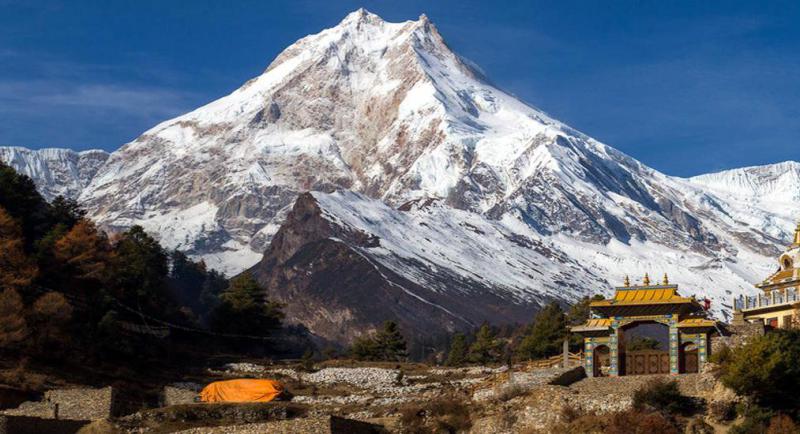











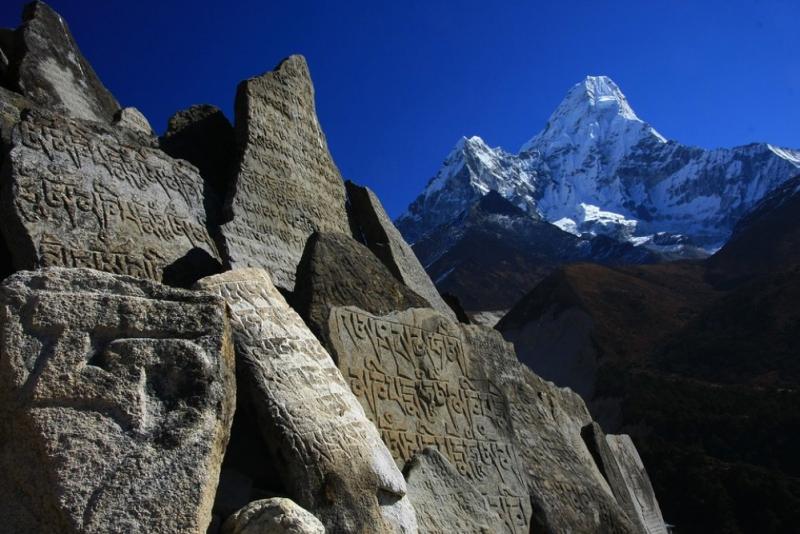






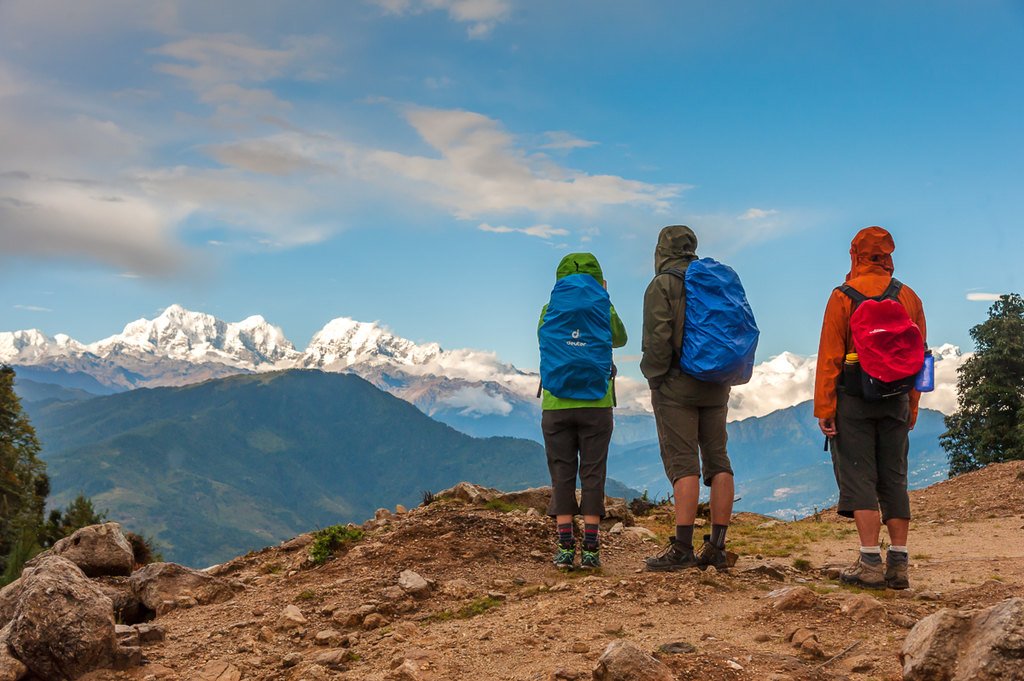
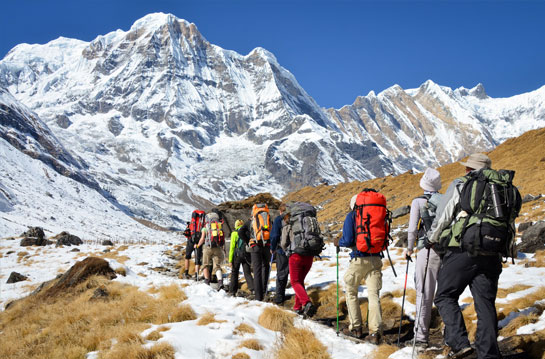
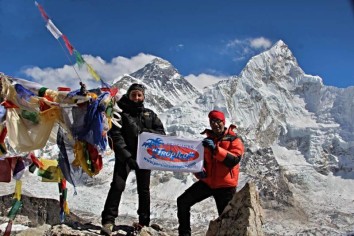






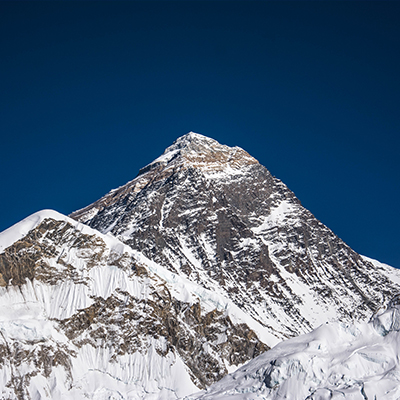


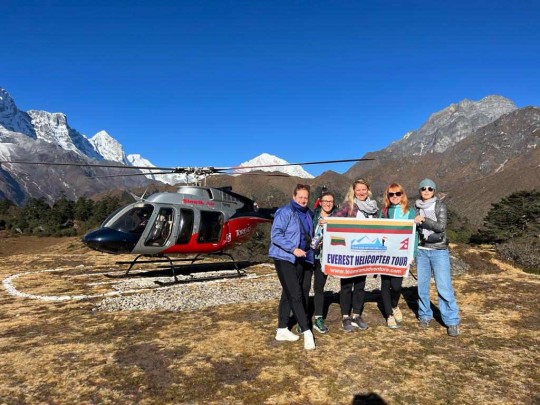



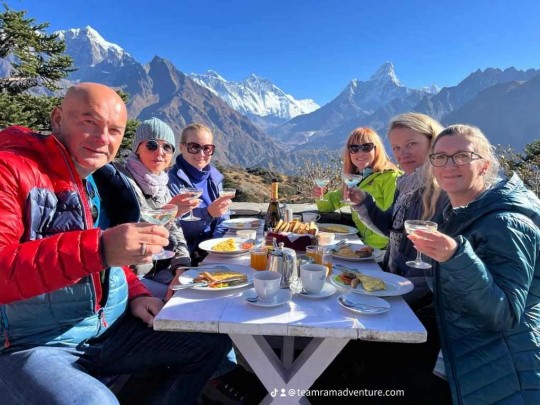







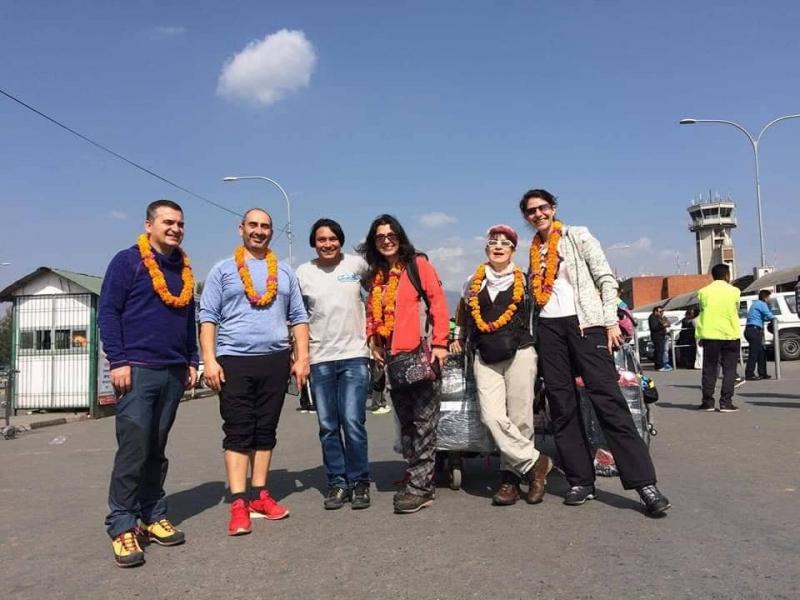












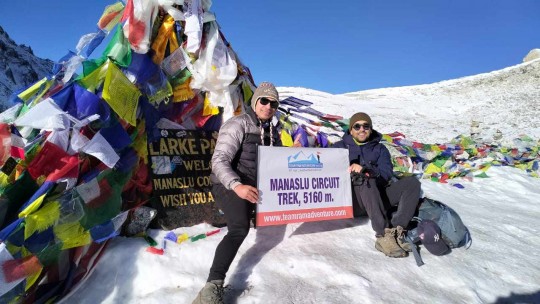
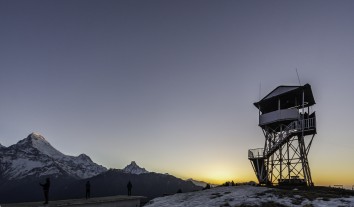
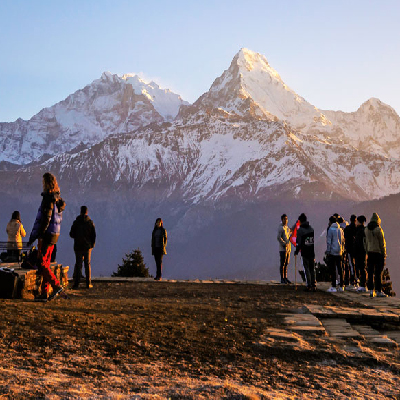










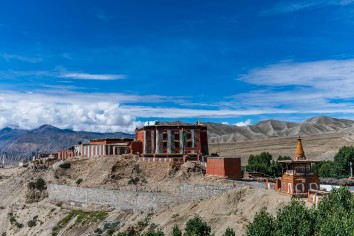


.jpg)







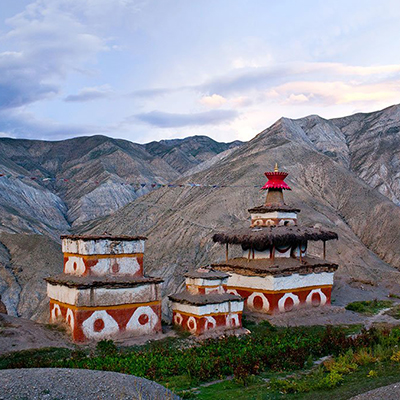
.jpg)


.jpg)

